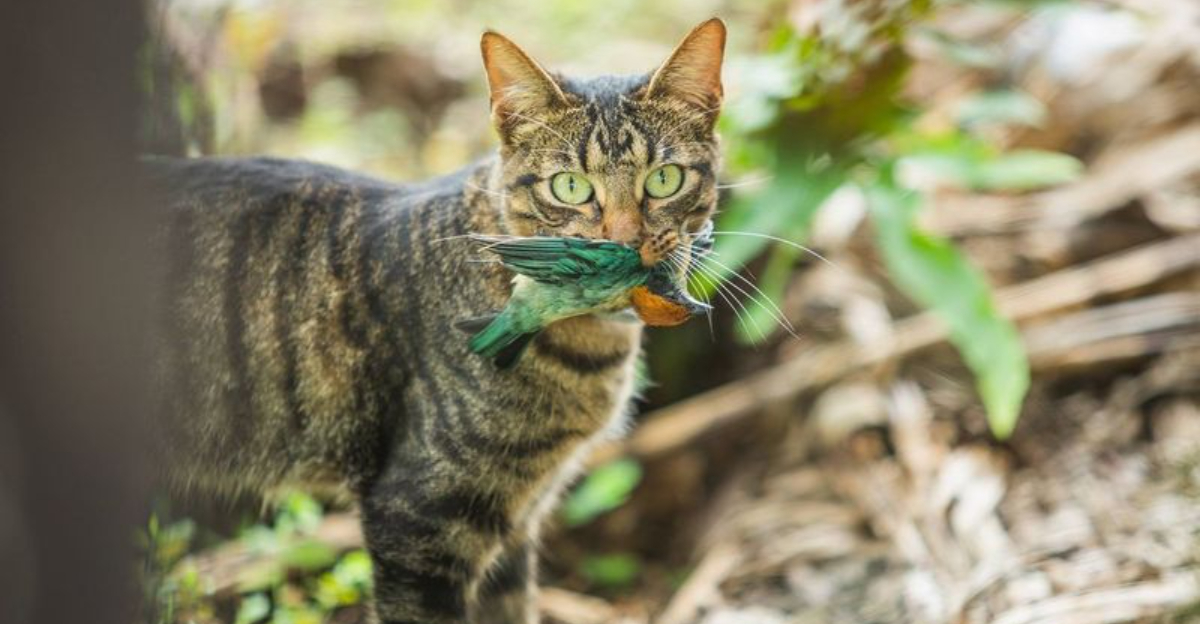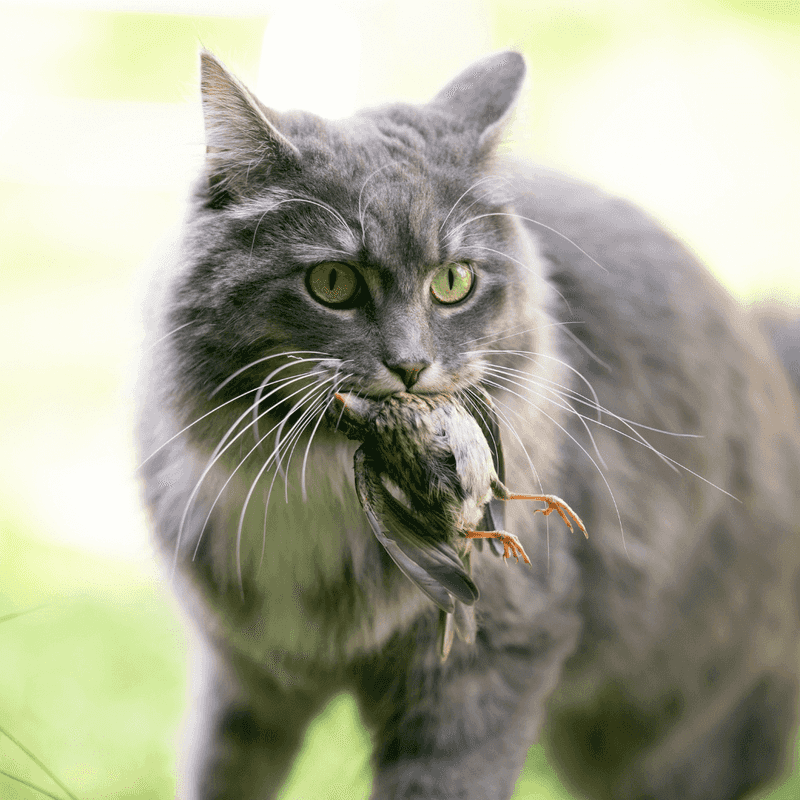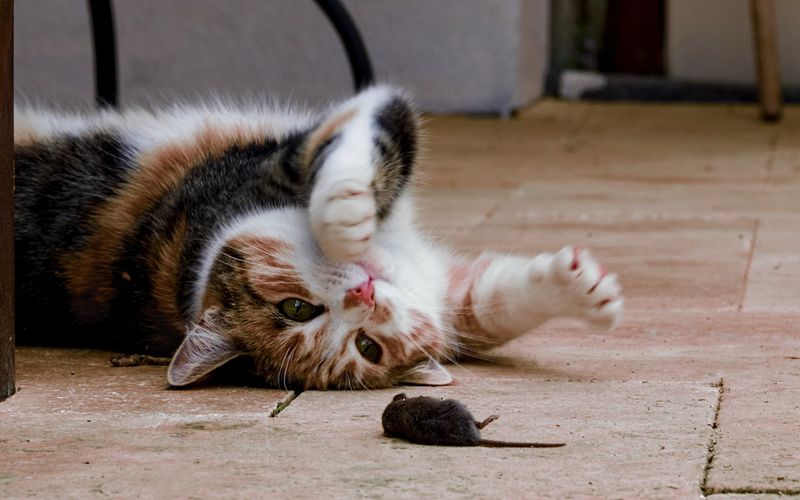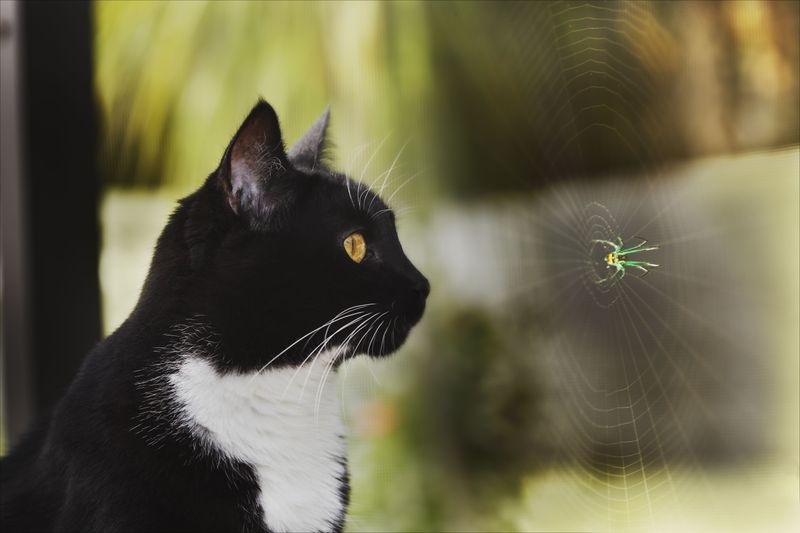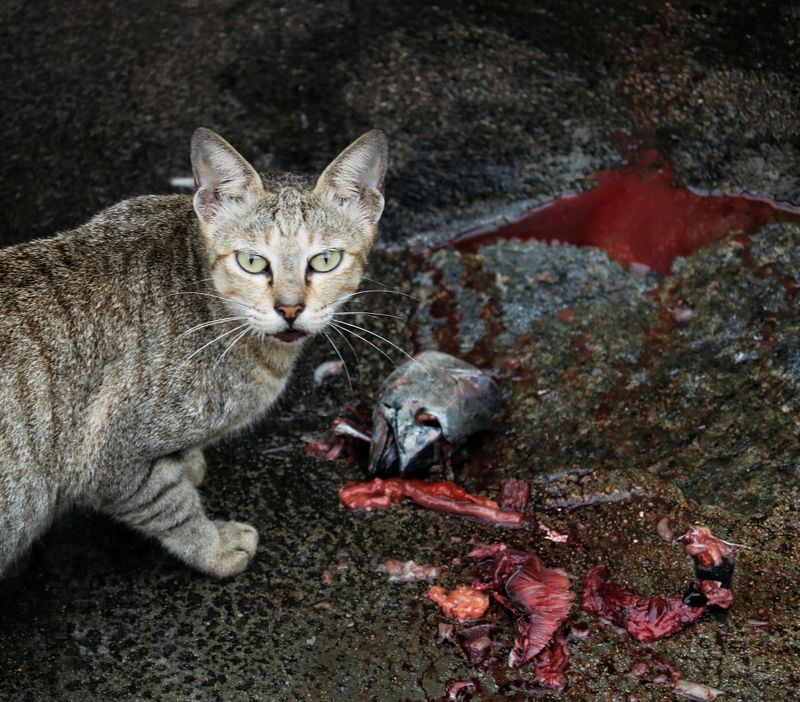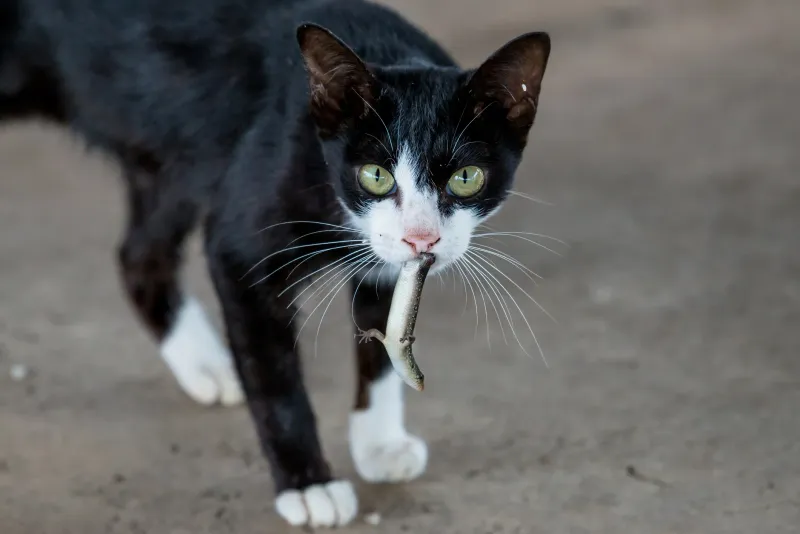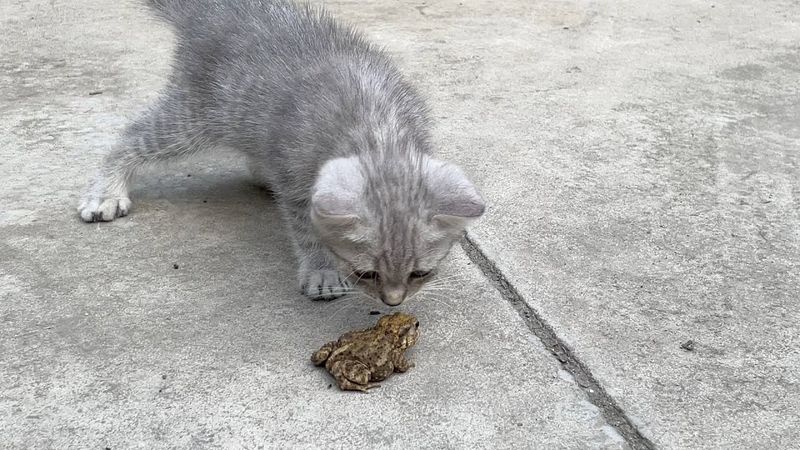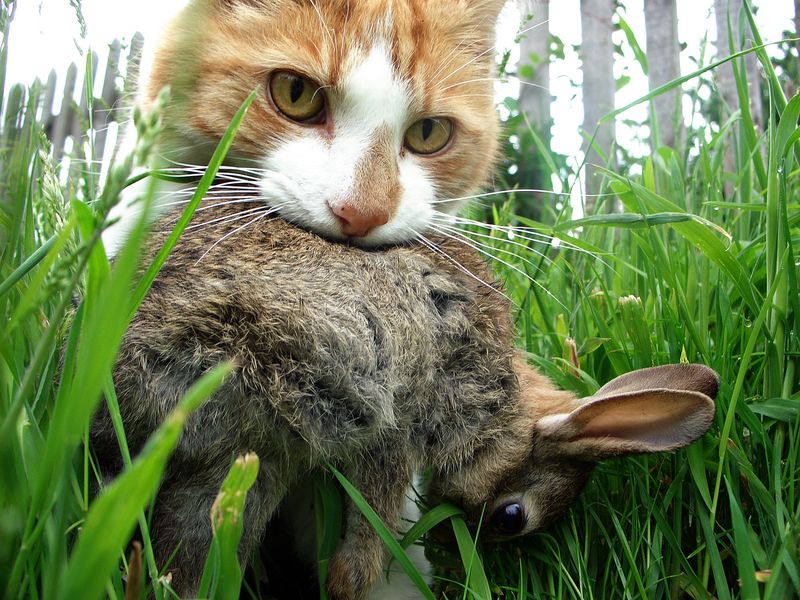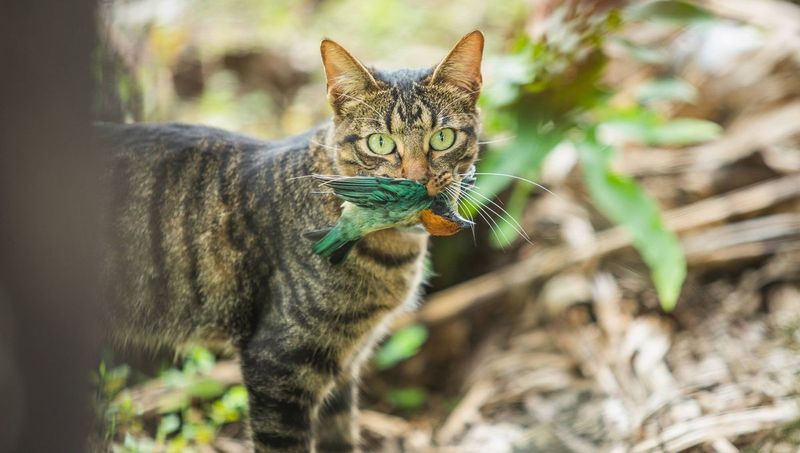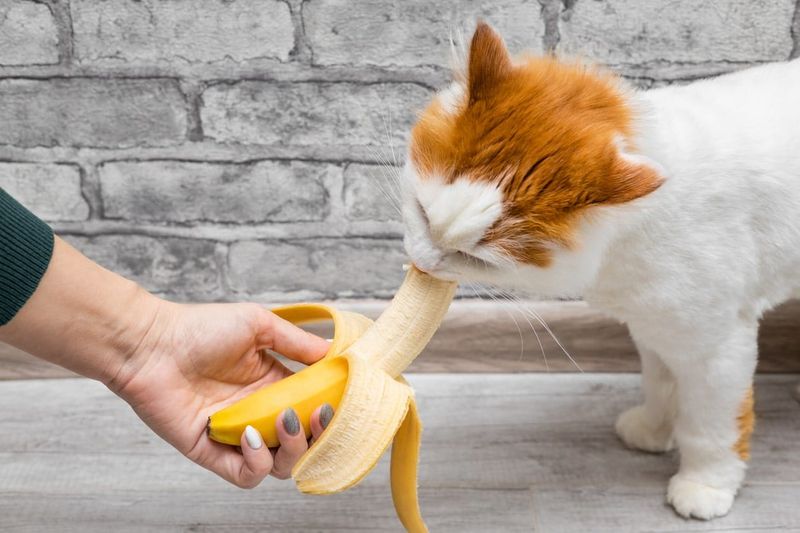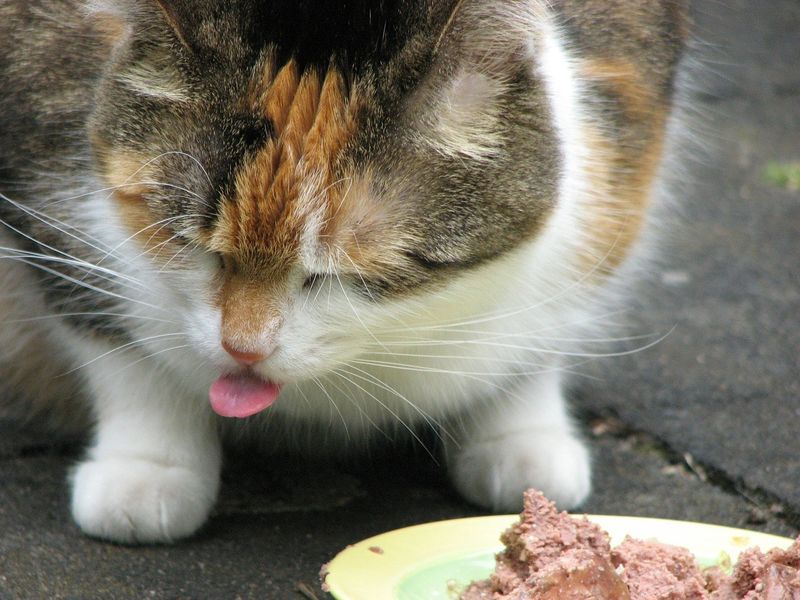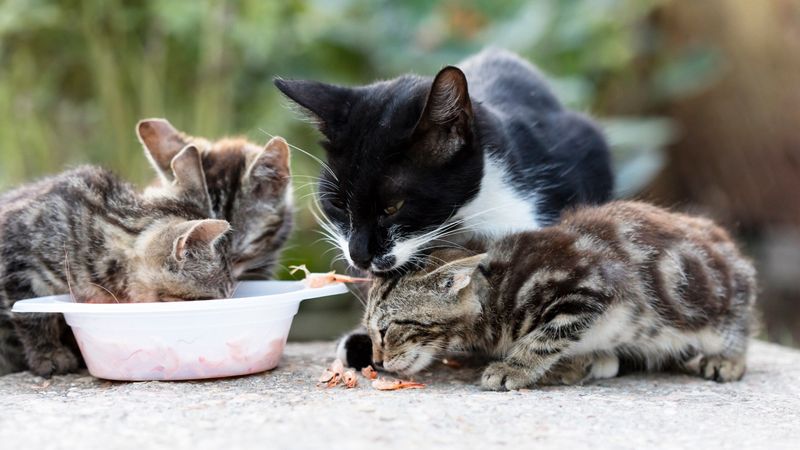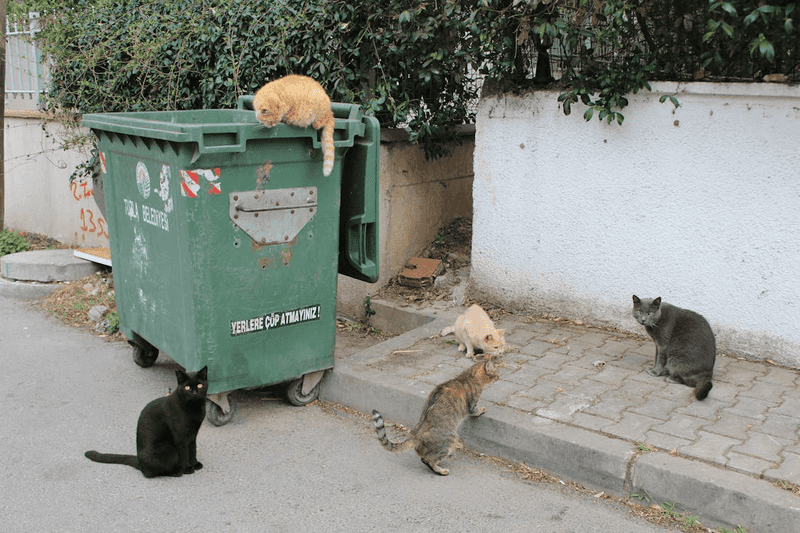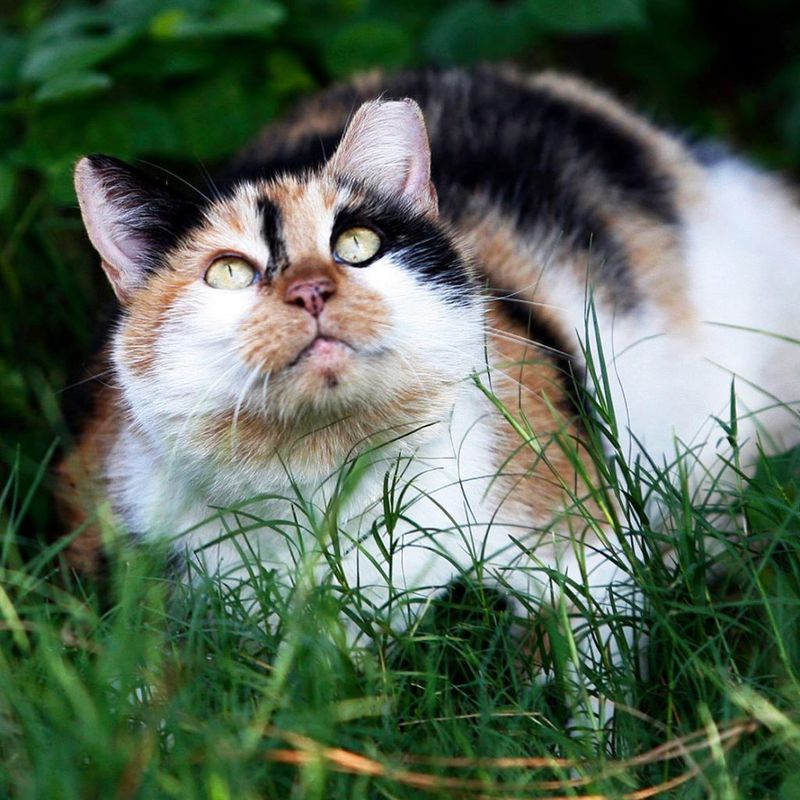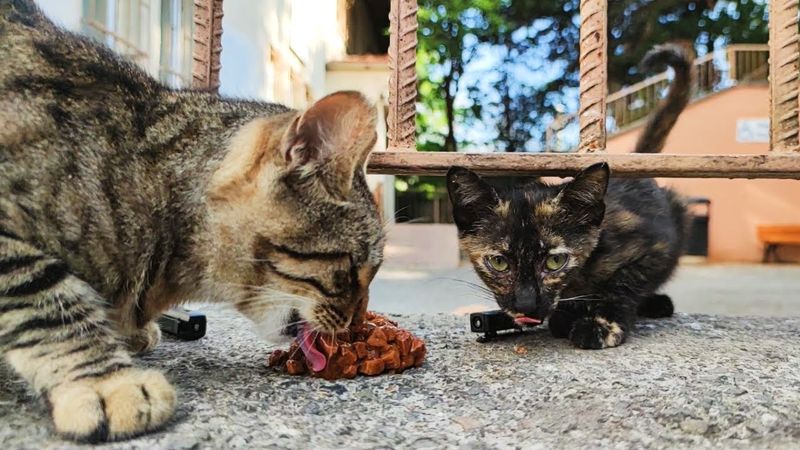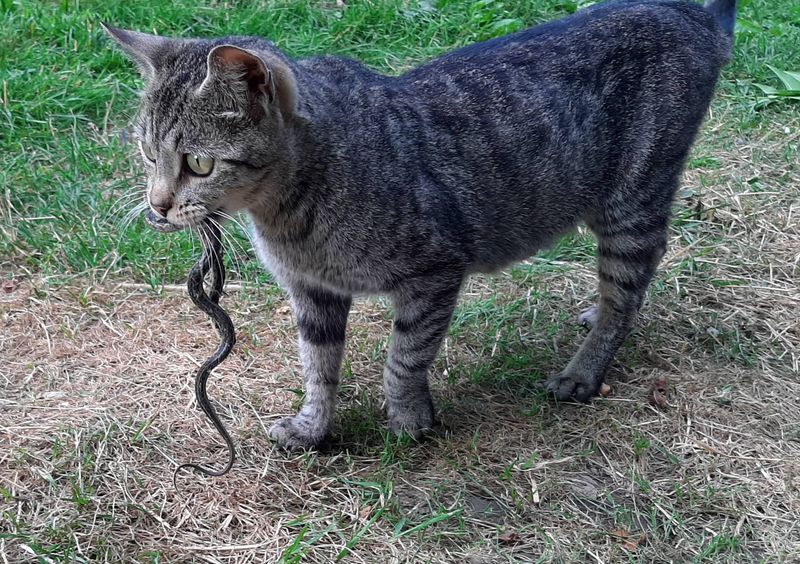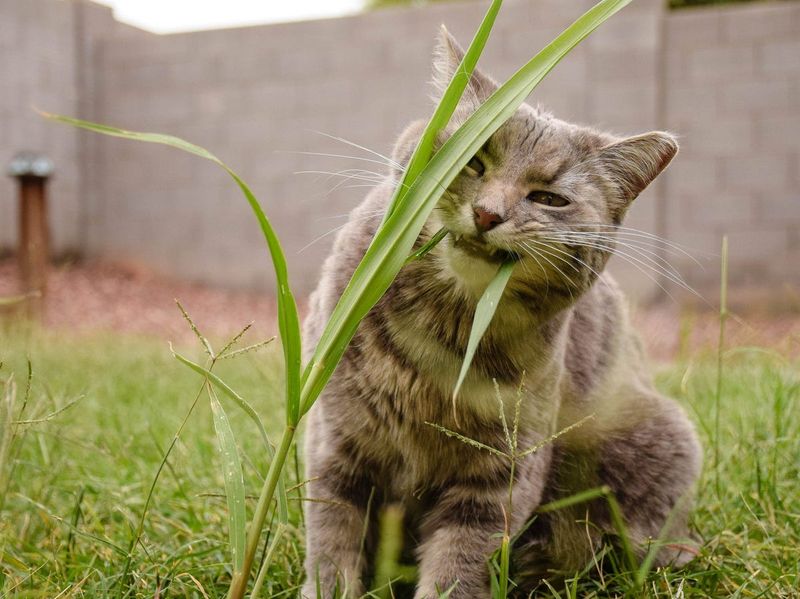📖 Table of Content:
Outdoor cats are known for their adventurous nature, and their eating habits reflect this boldness. These independent hunters often surprise by selecting a wide variety of foods, some of which are unexpected or unusual. Their sharp instincts guide them through a world filled with diverse and sometimes bizarre food choices.
These feline foragers are experts at finding meals in the wild, from small insects to larger prey. Their ability to adapt to different environments allows them to explore a range of food sources, some of which may seem strange to us. With their sharp senses, outdoor cats can find nourishment in places that other animals might overlook.
The menu of outdoor cats is a fascinating mix of both natural and surprising options. Each food choice showcases their remarkable resourcefulness and survival skills. Exploring their dietary habits offers a unique glimpse into the world of these independent hunters, where every meal is part of a bigger adventure.
1. Birds
Birds often become an unwitting part of an outdoor cat’s menu. With a hunter’s instinct, cats are drawn to the flutter of wings. The thrill of the chase is as satisfying as the meal itself. These feathered creatures provide essential nutrients outdoor cats need.
A quick pounce, and the hunt is successful. Cats may target small birds like sparrows or more sizeable ones such as doves. This natural behavior showcases their agility and predatorial skills. While bird hunting is a natural trait, it’s essential to remember the ecological impact on local bird populations.
2. Mice
Outdoor cats often target mice, as they are the perfect size for a quick meal. Their fast, darting movements can make them hard to catch, but cats are well-equipped to hunt them. With patience and sharp focus, cats have honed their skills to track and capture rodents.
The capture of a mouse provides both nourishment and mental stimulation. These small creatures are abundant, ensuring cats have frequent hunting opportunities. The act of hunting mice taps into a cat’s natural instincts. Cats must manage rodent populations, but owners should monitor their health for any potential parasite transmission.
3. Insects
Though tiny, insects are a surprising addition to an outdoor cat’s diet. Grasshoppers, beetles, and moths turn into interactive snacks. The movement of these small creatures fascinates cats, providing both entertainment and a quick protein source.
Cats may chase them energetically, engaging their natural hunting instincts. While some insects are harmless, others might pose risks, such as stings or toxicity. Observing a cat delicately paw at a passing bug reveals their playful nature. Despite their small size, insects can supplement a cat’s diet, offering variety to their culinary exploits.
4. Fish
Living near water, some outdoor cats are drawn to fish as an unusual but tempting prey. While cats by ponds or streams may try to catch them, it’s far more difficult than it seems. The swift movement of fish often triggers the cat’s hunting instincts.
Fish provide a rich source of nutrients like omega-3 fatty acids. However, catching fish requires patience and luck, given their slippery nature. Not all cats succeed in this aquatic pursuit. Owners should ensure cats do not target endangered species in local waterways, promoting ecological balance.
5. Reptiles
When it comes to hunting, outdoor cats don’t shy away from reptiles like lizards and snakes. Their stealthy approach and lightning-fast strike are the keys to success. The reptiles’ scaly texture and swift movements are irresistible to a cat’s instincts.
While reptiles are not a typical food choice, they offer novelty and challenge. The consumption of reptiles can vary based on the local environment and the availability of other prey. Cats must navigate potential dangers from venomous species. Responsible pet ownership involves monitoring these interactions to ensure the safety of both cats and local wildlife.
6. Amphibians
Frogs and toads can make an occasional appearance in an outdoor cat’s diet, often lured by their croaking and quick movements. The hunt for these slippery amphibians requires stealth and careful timing. Not only do they offer a tasty snack, but they also provide hydration and essential nutrients.
However, some species possess toxins that can harm cats. While frog hunting showcases a cat’s dexterity, owners should be aware of which local species are toxic. Monitoring interactions between cats and amphibians ensures a balanced ecosystem and protects feline health from potential risks.
7. Small Mammals
Small mammals like rabbits and voles are part of an outdoor cat’s diet in some regions. These mammals present a substantial meal, offering rich nutrients. Hunting them involves strategic planning and swift execution. Cats utilize their keen senses and stealth to track and capture. While smaller mammals are less common prey, they provide variety and substantial nourishment.
The size and strength of these animals make them challenging targets. Cats must be adept hunters to secure such prey. Owners should be mindful of local wildlife conservation efforts when cats hunt larger mammals.
8. Carrion
When fresh prey is hard to find, outdoor cats turn to an unexpected source—carrion. This scavenging behavior, driven by survival instincts, helps them stay nourished. Though it offers nutrients, carrion also carries health risks, such as parasites and bacteria.
Although less glamorous, scavenging is a testament to a cat’s resourcefulness. Owners should discourage this behavior to prevent health issues. Understanding this instinctual habit allows better management of outdoor cats’ health and diet.
9. Fruits and Vegetables
Though not a usual choice, fruits and vegetables can offer hydration and fiber to outdoor cats. They may sample garden-grown veggies like carrots or nibble on fruit that has fallen from trees. This behavior is driven by a cat’s natural curiosity about different tastes and textures.
However, caution is necessary as not all fruits and vegetables are safe. Onions and grapes, for instance, are harmful. Including greenery in their diet offers variety but should be monitored. Cats’ curiosity often guides them to explore different food sources around them.
10. Human Food Scraps
In more urban environments, food scraps left by humans become an occasional treat for outdoor cats. The wide range of smells from discarded food can be irresistible, with chicken bones and bread often catching their attention. While it’s an easy meal, it exposes them to potential health risks.
It’s crucial to manage trash access to prevent health issues like ingestion of toxic substances. This behavior reflects their adaptability and survival instincts. Responsible disposal of food waste helps protect outdoor cats.
11. Eggs
Eggs provide a nutrient-rich meal for outdoor cats, offering protein and fats. Cats encountering unguarded nests might consume eggs if accessible. This opportunistic behavior showcases their adaptability in finding food. Egg consumption is rare, as nests are often well-protected. Cats need to be cautious, as some bird species fiercely defend their nests.
This act of raiding nests is a testament to their instinctual hunting behavior. Owners should be aware of the impact on local bird populations. Understanding these interactions helps maintain balance in shared environments between wildlife and pets.
12. Trash
In the hunt for a meal, outdoor cats in cities often turn to trash. The mix of scents from discarded food can be too tempting to resist. While easily accessible, trash presents dangers like sharp objects and harmful toxins, showing the risks behind their opportunistic behavior.
While rummaging through trash, cats might find edible items, but the risks outweigh the benefits. Responsible waste management can reduce these occurrences. Owners should ensure their pets’ diets are balanced and adequate. Understanding the attraction to trash helps in addressing and mitigating related health concerns.
13. Bird Eggs
Bird eggs occasionally feature in the diet of an opportunistic outdoor cat. Discovering an unguarded nest offers a rare but prized snack. Eggs provide a rich source of nutrients, including protein and essential fats. Cats must balance the risk of disturbing birds with the reward of a nutritious meal.
These interactions highlight their natural hunting instincts and adaptability. While egg consumption isn’t common, it demonstrates their resourcefulness in finding diverse food sources. Owners should consider the ecological impact of such behavior. Protecting bird habitats helps maintain environmental balance.
14. Pet Food Left Outside
Outdoor cats might take advantage of pet food left outside by unsuspecting owners. Available meals are hard for a hungry cat to resist, offering convenience and nutrition. This behavior underscores the importance of secure feeding practices. Cats are opportunistic by nature, and unattended food bowls present an easy target. Owners should be mindful of feeding routines to prevent unintended consumption.
Ensuring outdoor feeding areas are secure helps maintain proper diets. This habit highlights a cat’s ability to adapt to available resources. It also emphasizes the need for community cooperation in pet care.
15. Snakes
Snakes, particularly small, non-venomous ones, might find their way into an outdoor cat’s diet. Hunting snakes requires skill and caution, as cats must avoid potential bites. The slithering motion of snakes can intrigue and challenge cats. Catching a snake showcases their agility and bravery. While snakes are not a common prey item, they add variety to a cat’s diet.
Owners should ensure cats avoid venomous species, fostering safe exploration. Observing these interactions unveils the complex relationship between predators and prey in the wild. Responsible pet ownership helps protect cats and maintain local wildlife balance.
16. Plants
While cats are carnivores, plants like grass can become an unexpected part of their diet. Nibbling on grass helps them with digestion, aiding in the expulsion of hairballs or easing stomach discomfort. Though grass is generally safe, caution is needed around ornamental plants, as some can be toxic.
Cats’ exploration of plants reflects their connection to natural remedies. Owners should ensure outdoor spaces are free from harmful plants. Providing cat-safe greenery at home can encourage this behavior healthily. Understanding this aspect of their diet helps in fostering holistic outdoor environments for feline companions.
